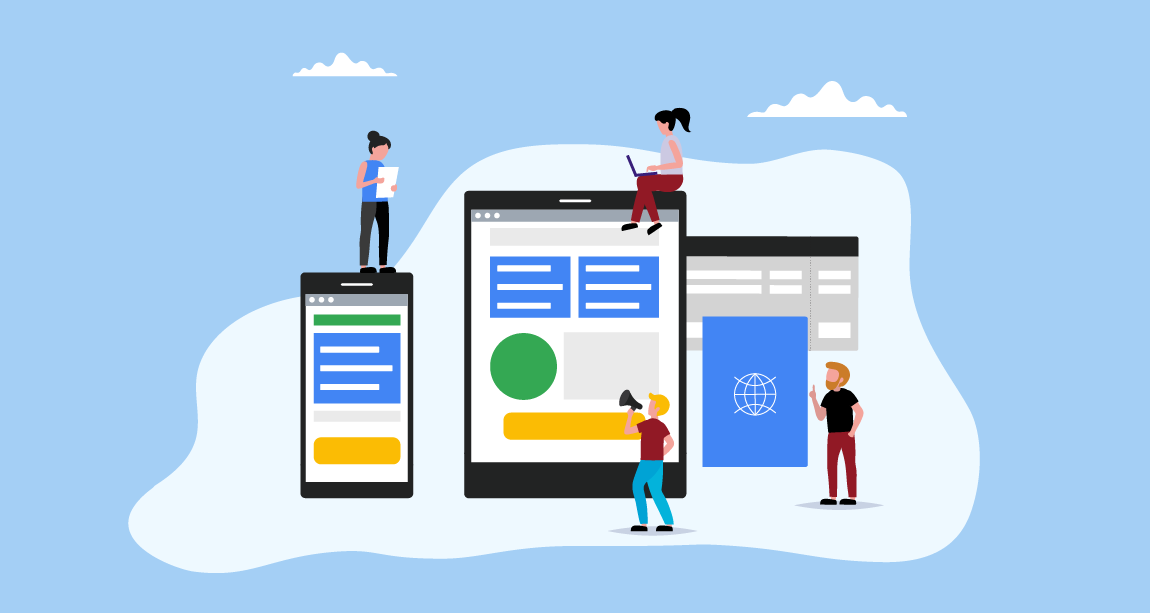


LOW COST AND AFFORDABLE WEBSITE DEVELOPMENT
WITH SEO AND DIGITAL MARKETING STRATEGY
WEBSITE DEVELOPMENT
E-COMMERCE WEBSITE DEVELOPMENT
WORDPRESS DEVELOPMENT
CUSTOM CODE WEBSITE DEVELOPMENT, HTML, CSS, JAVASCRIPT, PHP
WEB HOSTING AS A SERVICE
EMAIL HOSTING AS A SERVICE
CHEAP DOMAIN NAME REGISTRATIONS
DIGITAL MARKETING, SEO, LISTING PAGE 1 OF GOOGLE
MAGENTO DEVELOPMENT
WOOCOMMERCE DEVELOPMENT
PAYMENT GATEWAY INTEGRATIONS (VISA, MASTERCARD), PAY PAL STRIPE
WEBSITE INDUSTRY EXPERT DAVID GAWLER WEBSITE DEVELOPER
Low Cost Website Development from $800.00 per website development project.
Qualified with more than 10+ years in delivering websites, digital marketing, SEO and social media campaigns to Facebook, X, Google Search, Tik Tok, Skype, Viber, Yandex, LocalSearch, Trip Adverse, Yahoo, Bing, Adwords and many others.
David Gawler – Phone 0428 378 010
Email: sales@skybridgedomains.com
Need a website at low cost? Hire Top Talent Website Developer. David Gawler Website Developer is Available For Hire in 2024.
Affordable Website Development with SEO and Digital Marketing Strategy: Empowering Businesses Online
In today’s digital age, having a strong online presence is crucial for businesses of all sizes. However, the cost of website development and digital marketing services can often be prohibitive, especially for small businesses and startups with limited budgets. That’s where affordable website development services come in. In this comprehensive guide, we’ll explore the world of low-cost website development and how businesses can leverage these services to establish a successful online presence while also incorporating SEO and digital marketing strategies.
### The Importance of Affordable Website Development:
In a competitive online landscape, having a professional website is essential for attracting and retaining customers. However, many businesses are deterred by the high costs associated with website development. Affordable website development services offer a solution by providing businesses with cost-effective options for creating a dynamic and engaging online presence without breaking the bank.
### E-Commerce Website Development:
For businesses looking to sell products or services online, e-commerce website development is a must. Affordable e-commerce solutions allow businesses to set up an online store quickly and easily, enabling them to reach a global audience and drive sales 24/7. Whether it’s a small boutique or a large enterprise, e-commerce website development services can be tailored to meet the specific needs and budget constraints of any business.
### WordPress Development:
WordPress is one of the most popular content management systems (CMS) in the world, known for its flexibility, scalability, and ease of use. Affordable WordPress development services enable businesses to create beautiful and functional websites without the need for extensive technical expertise. From simple blogs to complex corporate websites, WordPress development offers a cost-effective solution for businesses of all sizes.
### Custom Code Website Development:
While platforms like WordPress offer a user-friendly approach to website development, some businesses may require more advanced customization options. Custom code website development services provide businesses with the flexibility to create bespoke websites tailored to their unique requirements. From HTML and CSS to JavaScript and PHP, custom code development allows businesses to create fully customized websites that stand out from the competition.
### Web Hosting as a Service:
Web hosting is the service that allows websites to be accessible on the internet. Affordable web hosting services offer businesses reliable and secure hosting solutions at a fraction of the cost of traditional hosting providers. Whether it’s shared hosting, VPS hosting, or cloud hosting, businesses can find affordable hosting options that meet their needs and budget requirements.
### Email Hosting as a Service:
In addition to web hosting, businesses also require email hosting services to manage their email accounts and communications. Affordable email hosting services offer businesses reliable and secure email solutions with features such as spam filtering, virus protection, and unlimited email accounts. With affordable email hosting options, businesses can communicate effectively with customers and colleagues without breaking the bank.
### Cheap Domain Name Registrations:
A domain name is the address that users type into their web browser to access a website. Affordable domain name registration services offer businesses the opportunity to register domain names at competitive prices. Whether it’s a .com, .net, or .org domain, businesses can find affordable domain registration options that suit their branding and budget requirements.
### Digital Marketing and SEO Strategy:
Once a website is up and running, businesses need to focus on driving traffic and generating leads through digital marketing and SEO strategies. Affordable digital marketing and SEO services offer businesses cost-effective solutions for improving their online visibility and ranking in search engine results. From keyword research and on-page optimization to content marketing and social media advertising, affordable digital marketing and SEO services can help businesses attract more customers and grow their online presence.
### Introducing David Gawler Website Developer:
David Gawler is an industry expert with over 10 years of experience in website development, digital marketing, and SEO. As the owner of Skybridge Domains, David Gawler offers affordable website development services tailored to meet the needs of businesses of all sizes. With a focus on quality, affordability, and customer satisfaction, David Gawler helps businesses establish a successful online presence without breaking the bank.
Affordable website development services offer businesses cost-effective solutions for establishing a successful online presence. Whether it’s e-commerce website development, WordPress development, custom code development, web hosting, email hosting, or domain name registration, businesses can find affordable options that meet their needs and budget requirements. With the help of digital marketing and SEO strategies, businesses can attract more customers and grow their online presence effectively. With David Gawler Website Developer at the helm, businesses can rest assured that they are in good hands, receiving top-notch services at an affordable price point.
If you’re in need of a high-quality website at an affordable cost, look no further than David Gawler Website Developer. Renowned for his exceptional skills in website development and digital marketing, David Gawler offers top-notch services tailored to meet your specific needs and budget constraints.
### Why Choose David Gawler Website Developer?
#### 1. Affordable Pricing:
David Gawler understands the importance of cost-effectiveness for small businesses and startups. He offers competitive pricing packages that provide excellent value for money without compromising on quality. Whether you need a basic website or a more complex e-commerce platform, David Gawler will work with you to find a solution that fits your budget.
#### 2. Customized Solutions:
Every business is unique, and David Gawler recognizes the importance of creating a website that reflects your brand identity and resonates with your target audience. He offers customized solutions tailored to your specific requirements, ensuring that your website stands out from the competition and drives results for your business.
#### 3. High-Quality Design:
With a keen eye for design and a commitment to excellence, David Gawler creates visually stunning websites that captivate visitors and enhance user experience. Whether you’re looking for a sleek and modern design or a more traditional layout, David Gawler will work closely with you to bring your vision to life and create a website that represents your brand in the best possible light.
#### 4. Responsive and Mobile-Friendly:
In today’s digital age, it’s essential for websites to be responsive and mobile-friendly to provide a seamless browsing experience across all devices. David Gawler ensures that all websites he develops are optimized for mobile devices, allowing your audience to access your site easily from smartphones and tablets.
#### 5. SEO Optimization:
Having a beautiful website is only half the battle; it also needs to be optimized for search engines to ensure maximum visibility and traffic. David Gawler incorporates SEO best practices into every website he builds, helping you climb the search engine rankings and attract more organic traffic to your site.
#### 6. Ongoing Support:
Once your website is live, David Gawler provides ongoing support and maintenance to ensure that it remains secure, up-to-date, and performing at its best. Whether you need help with updates, troubleshooting, or additional features, David Gawler is there to support you every step of the way.
### Get in Touch with David Gawler Website Developer Today!
Don’t let budget constraints hold you back from having a professional and effective website for your business. Contact David Gawler Website Developer today to discuss your project requirements and get a quote for your website development needs. With David Gawler’s expertise and affordable pricing, you can have a stunning website that helps your business thrive in the competitive online landscape.